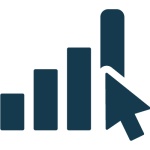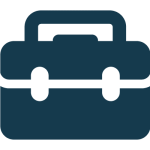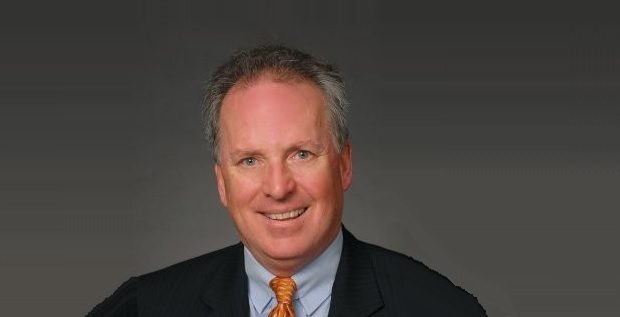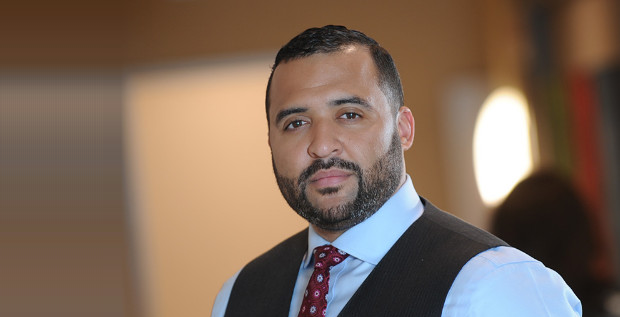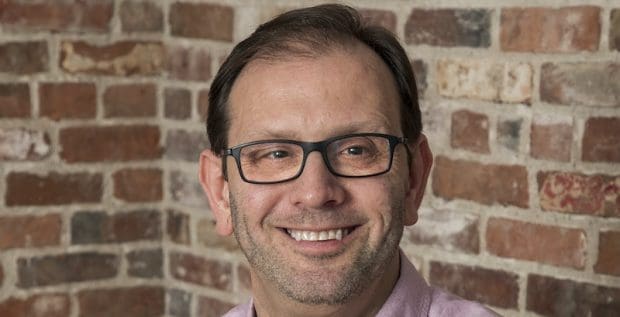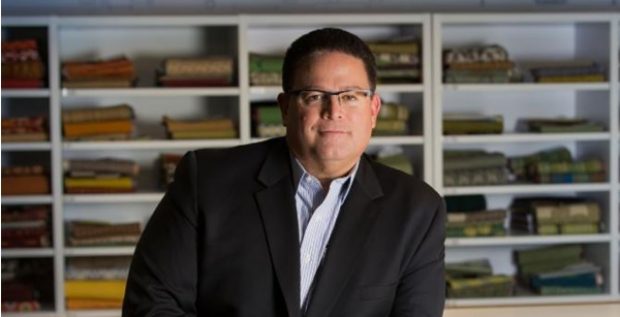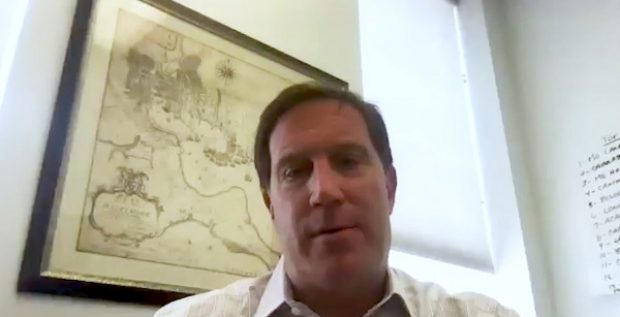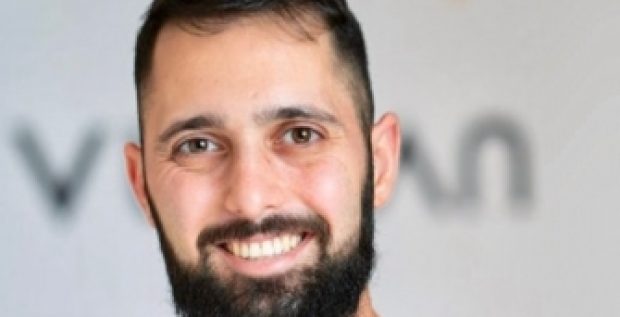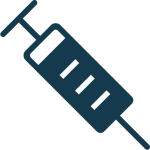Offit Kurman and Citybizlist would like to congratulate the 2015 finalists nominated for the Ernst & Young (EY) Entrepreneur Of The Year Award in Maryland. Comprised of the region’s outstanding and innovative business leaders, this diverse group of entrepreneurs represents the state’s present and future. Winners will be announced at gala event Thursday, June 25, 2015 at The Baltimore Marriott Waterfront.
Collaborating across disciplines and service groups to meet clients’ creative and strategic challenges
Ed Callahan and Matt Doud are the creative director and president, respectively, of Planit, an advertising and marketing communications agency the two founded in 1994. Planit’s offerings comprise three service groups—Strategic Services, Creative Services, and Client Services—that combine to meet clients’ challenges through a multidisciplinary perspective and no-limits creative approach. Planit’s clients include McCormick, Royal Building Products, NPR, Universal Music Group, Acura, and Under Armour.
Q. How did you two come to start Planit?
ED CALLAHAN: We’ve been around for 20 years. The company was started by myself and Matt in our basement. It’s a pretty telltale story of, you know, two young guys that knew each other in school. It’s something we always planned to do, until one day we got together and said, “Let’s start an agency.” It’s pretty much grown from there.
Q. What differentiates Planit from other creative and ad agencies?
MATT DOUD: When we think about how we positioned Planit versus the other agencies, I see us as very different. The typical agency of years past has pretty much died away, so I see us as the next generation. We’re still a full service shop, we still look at multiple tools in our toolbox, but it’s really about putting the consumer first—understanding the right message in front of them at the right time. Much more one-to-one communication. It’s how are strategies are built. I think that’s different than our competition here, who we have a lot of respect for, but also it puts us on a much larger playing field, more of a national and international platform.
ED: We are always asked as to what makes us different. We bring similar tools [to other agencies] in the toolbox but we’re not afraid to scare our clients. We’re not afraid to be respectfully disruptive. And on a local level, we care about Baltimore. We care about our local clients but at the same time we have now made a name for ourselves with Adweek recognizing us fairly often. From a national standpoint we are making a name for ourselves.
Q. You’re one of the few local agencies making a splash outside of Baltimore. How would you characterize your relationship with this city? What keeps you here?
MATT: Baltimore hasn’t had a homegrown agency that’s really taken off on a national scale. We’ve had a lot of great agencies that relocated here, others that have spun off and relocated here, but not two guys like Ed and I that started here and who can play on a national scale. That’s what we want to be.
ED: The one thing we’re not afraid to do as far as how we grew in Baltimore and how we’ve gotten to where we are today amongst some of our competitors is that—and I think it’s something that’s a problem in what Baltimore companies don’t do enough—is that we’re not afraid to build capacity. We’re not afraid to innovate and I think that there’s too many great companies here that are afraid to do that versus some other cities. Matt and I have always gone, let’s constantly change, let’s constantly evolve, let’s constantly build a new vision. Let’s constantly do something new for our clients that requires building capacity and not being afraid to put that growth in place.
Q. Could you describe your growth strategy?
MATT: Growth is tricky because you don’t want to lose who you are. As we get to 100-plus employees, it’s certainly harder to maintain that. Acquisition is one way to grow rapidly. It’s a great way to inject a new core competency into what you do so we’ve certainly evaluated that and looked at a couple opportunities. It’s just the challenges when you bring in something new—how do you make sure the culture fits? To us, culture is king. If it’s not going to be a good culture fit, no matter how much it adds to the bottom line, it doesn’t help grow the organization. So, that’s been probably our biggest point of hesitation, is making sure whatever that acquisition is, it fits both physically and also culturally.
Q. How do you keep pace with growth and continue to get the work done for clients?
ED: It’s hard, but Matt and I fearless. We’re not afraid to grow into new areas, acquiring other businesses, but I think we spend more time innovating what we’re doing for our customers. We have a real good mix of B2B and B2C clients. We have our retail and consumer clients and then we also have our clients from a business-to-business standpoint. I think that we’ve let that guide us to date as far as those type of categories that we’ve been going into. It’s still very diverse, and we have several specific categories we focus on: retail, housing and construction, building products, cosmetics, athletic apparel, and hospitality companies. So, we have these categories that we’ve done a significant amount of work in that sort of steer the ship.
MATT: When we look at who we go after as clients, we tend to focus more on the linked consumers. So, if we have a client that works in the hospitality space and their target audience is a certain demographic, how can we leverage our knowledge of that target audience and sell hospitality or other retail products or something? Purposefully we try to keep it diverse. It inspires our creative folks to work on different things at different times, and we learn more that way—it keeps us coming back and keeps our minds fresh. We want to have a variety of clients but we want to be able to leverage the knowledge we have from one and bring it to the table with the other.
Q. How has what you do changed in twenty years?
ED: Today, everything’s changed in a big way and it’s actually for the better. Where before it was “And what does brand really mean, and how are we measuring that?” Today, with the analytics that are available, we just know where people are. We know what they’re responding to. We know how to get to them. We know how to get back to them. The big idea is still extremely important: how we’re really differentiating our client or their product and how we’re driving them and creating that yellow brick road. But today we know how to get to them. We know where they are and what to do with them.

